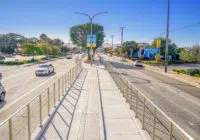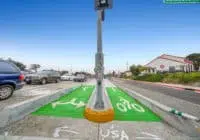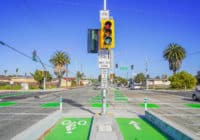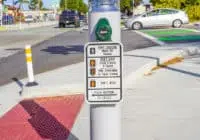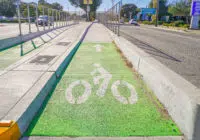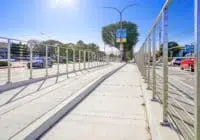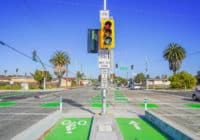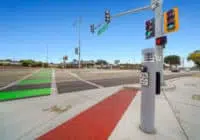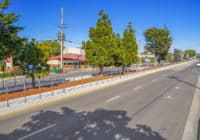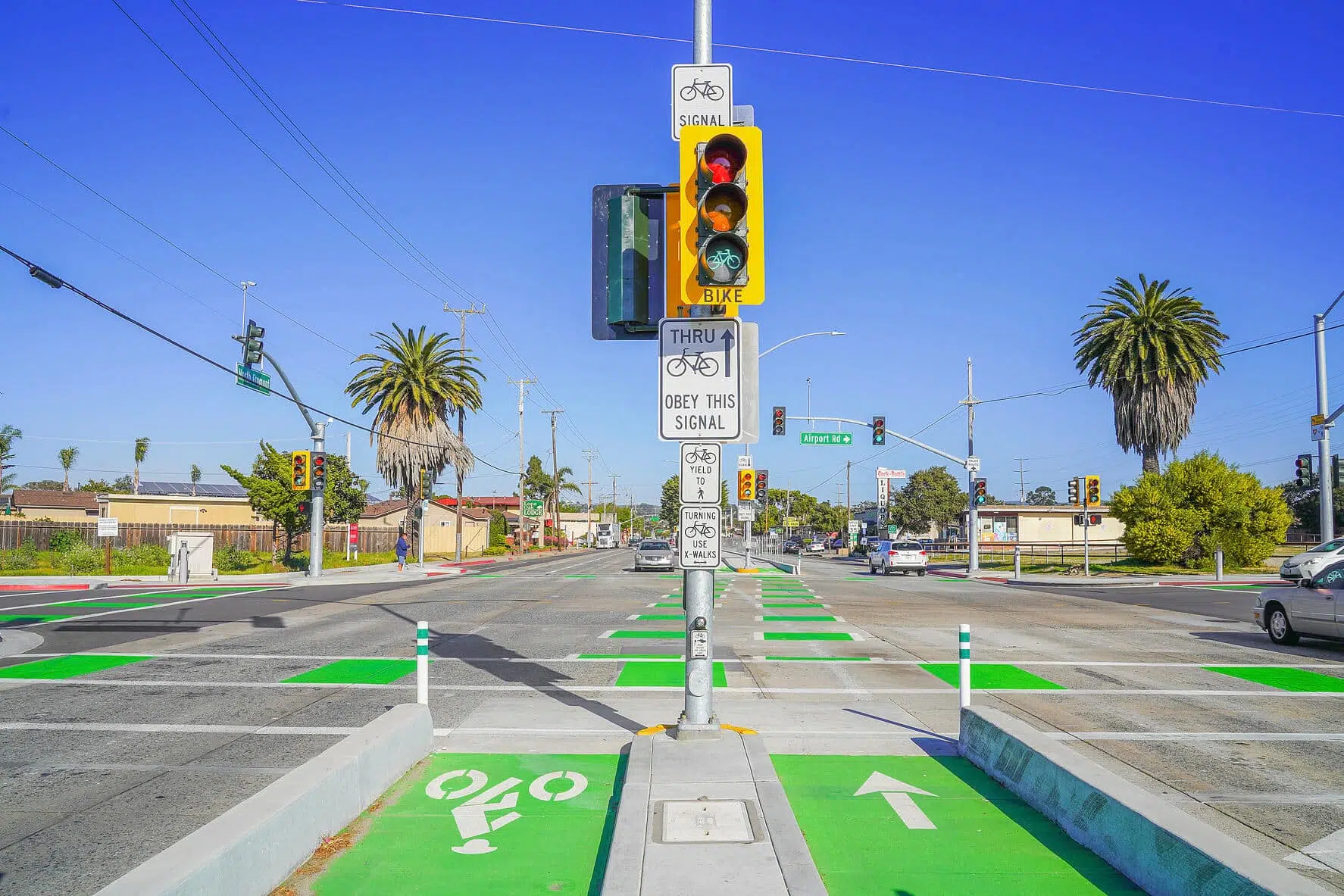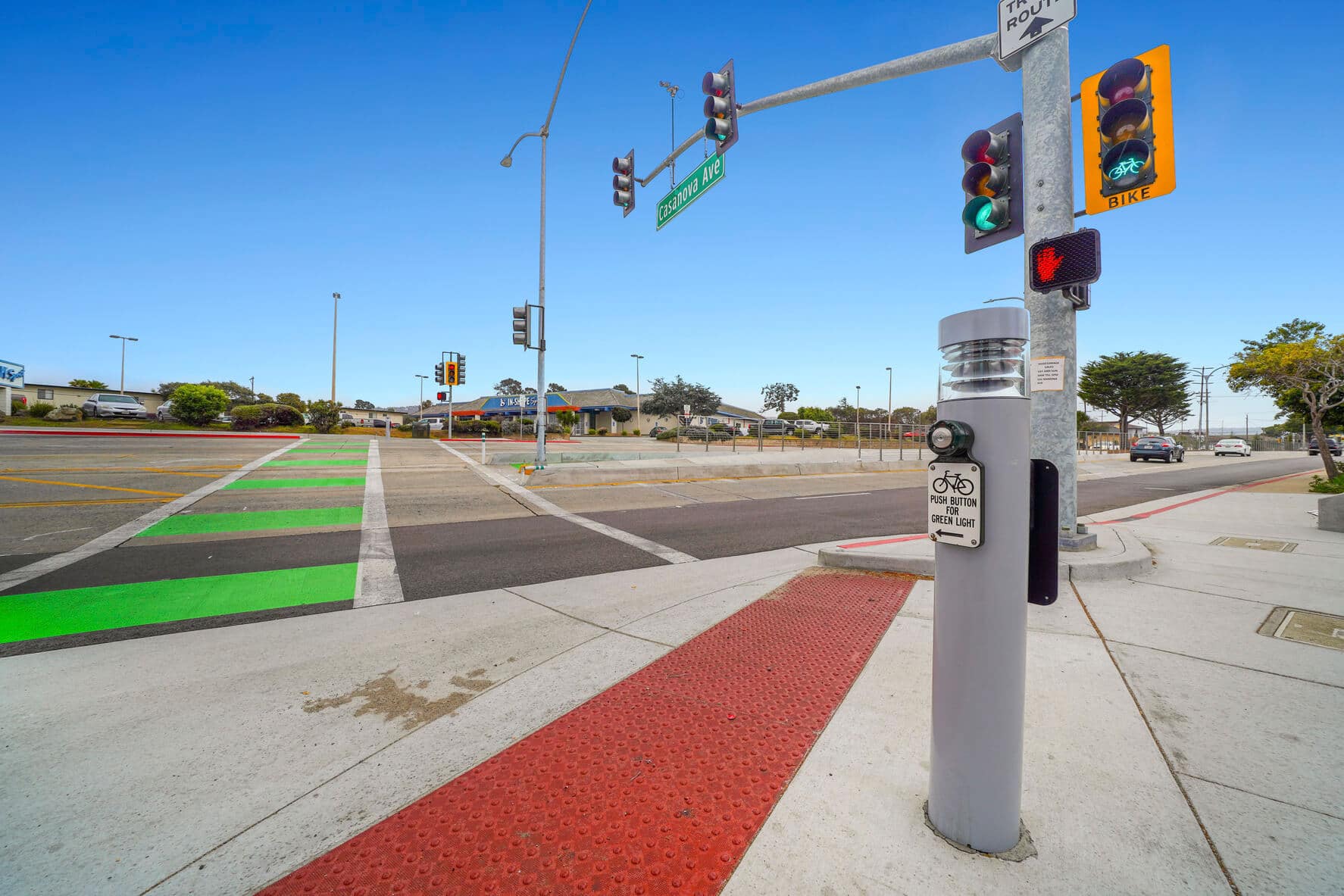North Fremont Street Bike and Pedestrian Access and Safety Improvements
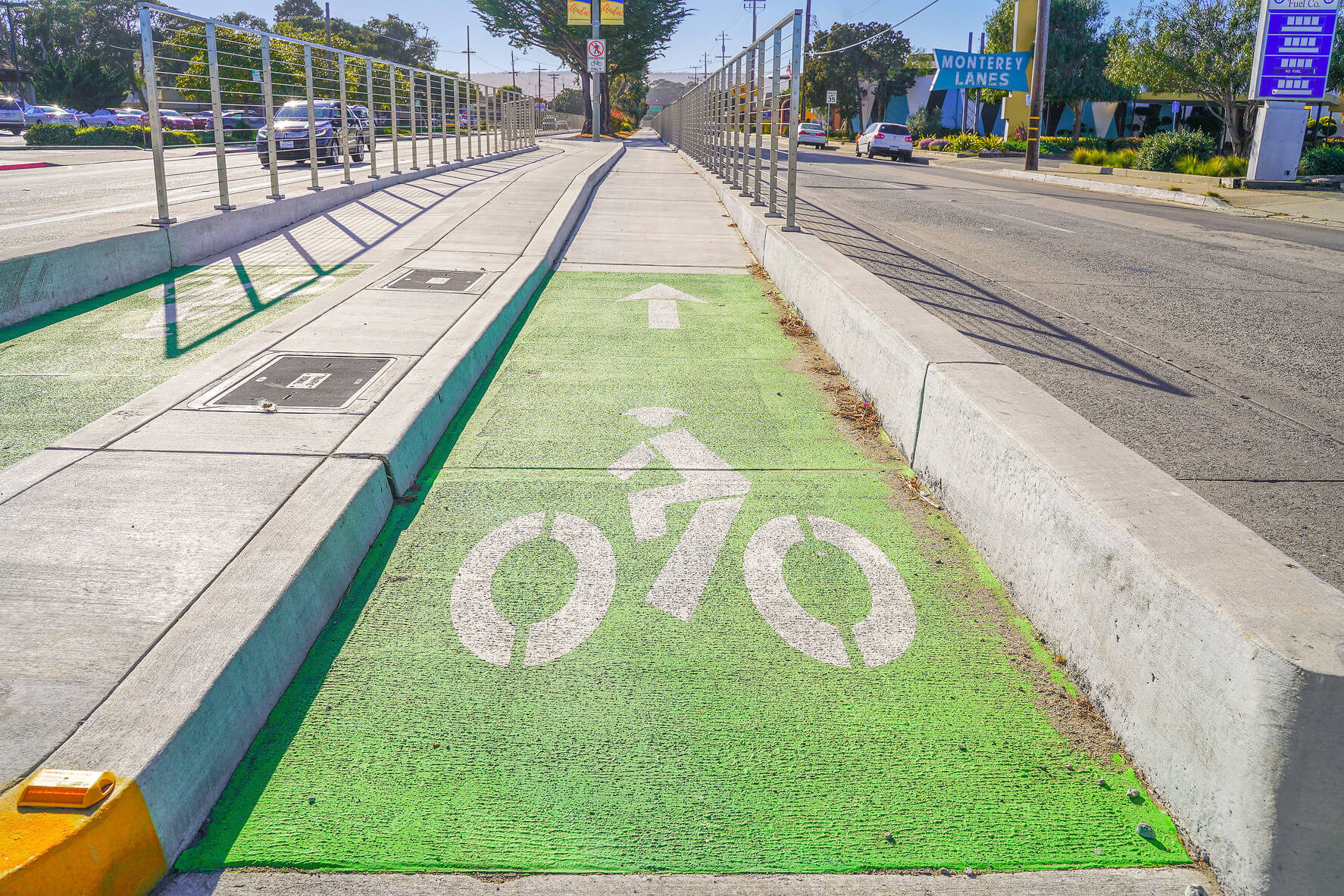
The North Fremont Bike and Pedestrian Access and Safety Improvements project was a major infrastructure project for the City of Monterey, CA and formed part of the North Fremont Specific Plan, which will improve mobility and revitalize business activity along the corridor. This project is the first major transportation project to occur along North Fremont Street in over 50 years and has won several awards for its innovative approach to protected bike lanes.
Planning Phase
North Fremont Street’s corridor design posed some safety concerns for members of the Monterey, CA community. To accommodate increased bicycle and pedestrian traffic along a major thoroughfare, Kimley-Horn was selected to design a new corridor focused on shared mobility while preserving parking, avoiding interruptions to high-speed traffic, and improving safety for all modes of transportation.
Our transportation planners prepared instrumental conceptual drawings to win an Active Transportation Grant to partially fund the North Fremont Street Bike and Pedestrian Access and Safety Improvements project. It was the highest Active Transportation Program (ATP) award given in Northern and Central California in 2017. Through a competitive request for proposal (RFP) process, Kimley-Horn was awarded the Plan, Specifics, and Estimate (PS&E) and engineering support during construction services.
Design and Development Phase
While protected bicycle lanes are not a new concept, the innovative aspect of this project comes from moving the protected bicycle lanes into the median of the road instead of on the sides, making it the first protected bicycle lane of its kind in the state of California.
Our community engagement specialists provided community outreach support during construction to address concerns and questions and gather valuable feedback. By placing the bicycle lanes in the median, our cross-functional project team was able to address the community concerns of preserving parking, bicycling in Class II bike lanes next to high speed traffic, and protecting bicyclists at driveways. This approach also meant very little right-of-way (ROW) was required for pedestrian facilities.
The advancements in signal technology, provision of bike signal heads, and bike phasing throughout the corridor allow for bicycle signals to be coordinated with traffic signals so that bicycles can enter and exit the median bicycle lanes in an efficient manner. The City also implemented “CrossBikes” or crosswalks controlled by dedicated bike signals, to help cyclists safely enter and exit the median bicycle lanes. Monterey is also planning implementation of an Adaptive Signal System along the corridor, and the hardware is set up to be integrated with the bicycle signals.
Elevating the bicycle lanes in the median led to major cost savings. Not only does it provide area to run conduit to support the signal interconnect for traffic signal operations, it also places bicyclists in better view of the vehicles and provides better protection for cyclists with a higher curb between the street and bike facility.
Project Recognition
- 2020 Engineering Excellence Honor Award; ACEC
- 2020 Project of the Year between $5M-$25M; APWA
- 2020 Standing Committee Best Project Award – Pedestrian/Bike; ITE

